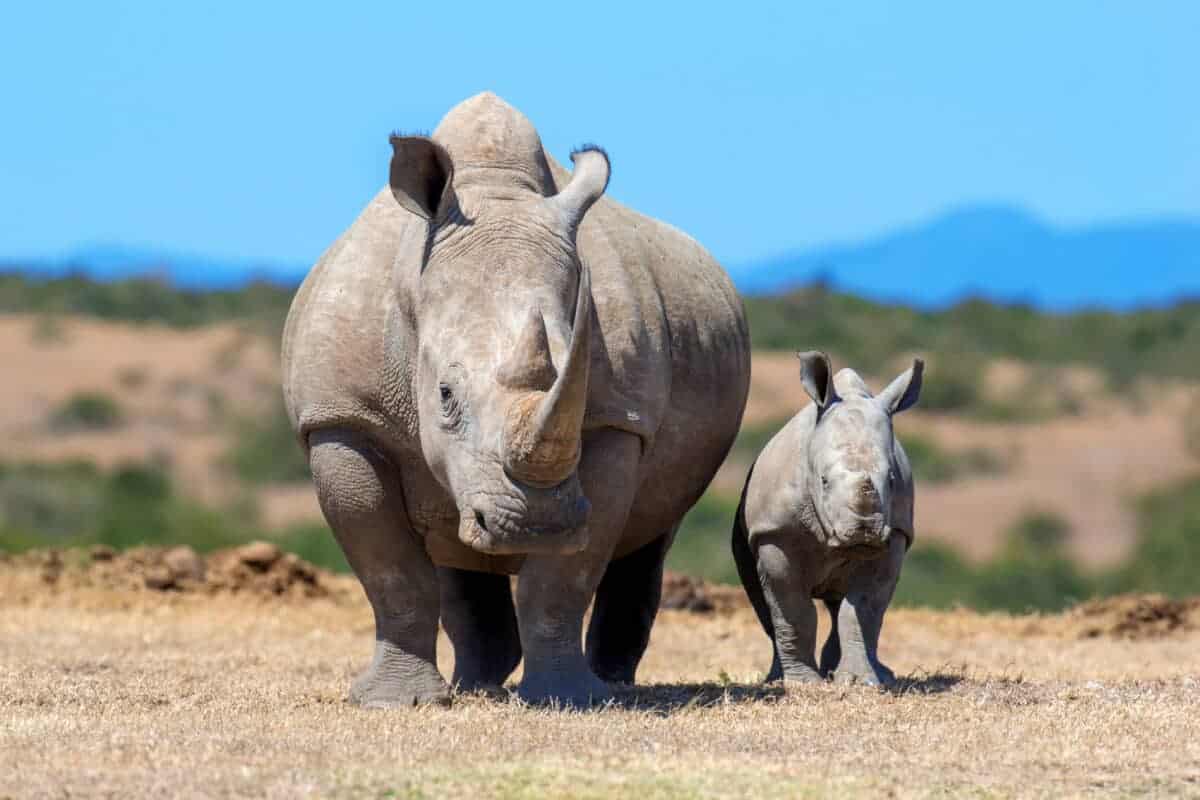As we enter 2024, the fate of rhinoceroses, magnificent creatures with prehistoric roots, is at a critical juncture. Rhinos face multifaceted challenges, including habitat loss due to deforestation, rising temperatures, and alterations in their dietary resources. This article delves into the current state of rhino populations, shedding light on the impacts of environmental changes on their survival.
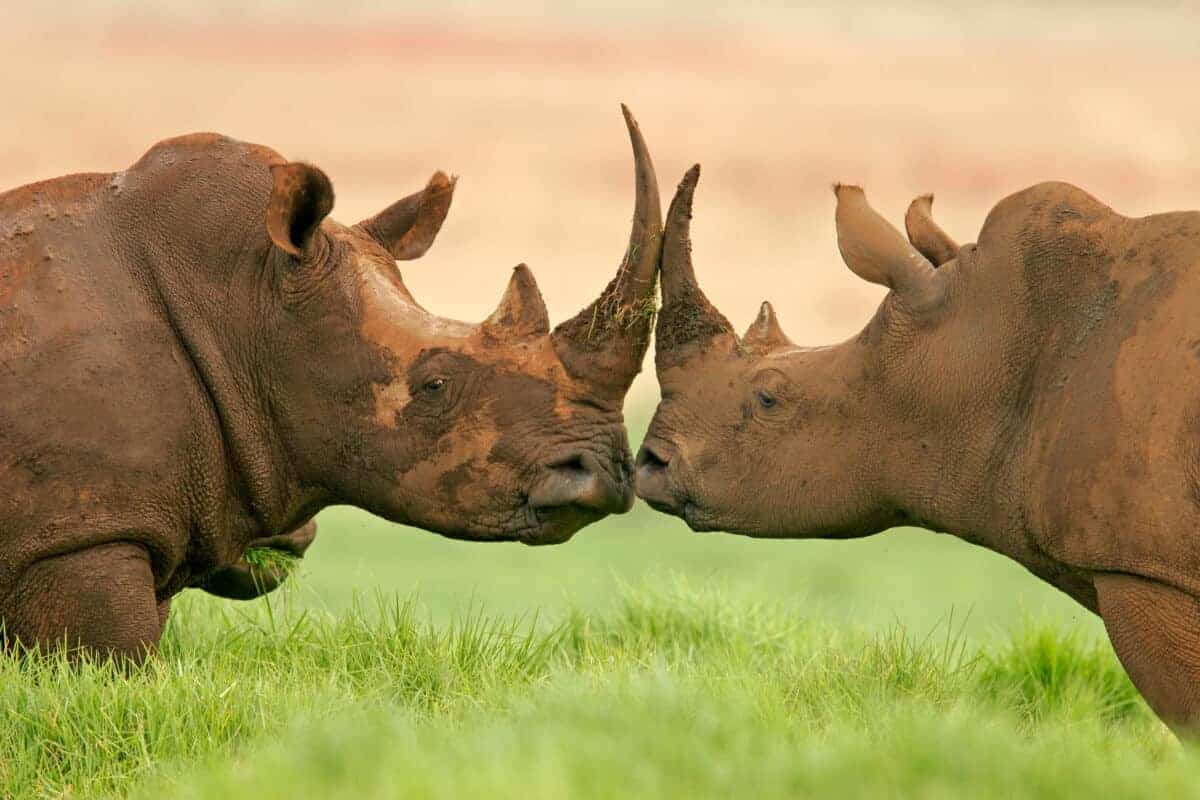
Habitat Loss and Deforestation: How Does it Affect Rhinos?
One of the most pressing threats to rhino populations is the rampant deforestation occurring in their natural habitats. As human populations expand and agricultural activities intensify, vast tracts of forests are cleared to make way for settlements, agriculture, and infrastructure. This destruction of habitat disrupts the delicate balance that these magnificent beasts depend on for their survival.
Rhinos are primarily found in a variety of ecosystems, including savannas, grasslands, and forests. Deforestation not only diminishes the available space for rhinos but also fragments their habitats, making it challenging for these large herbivores to find suitable breeding grounds and navigate their territories.
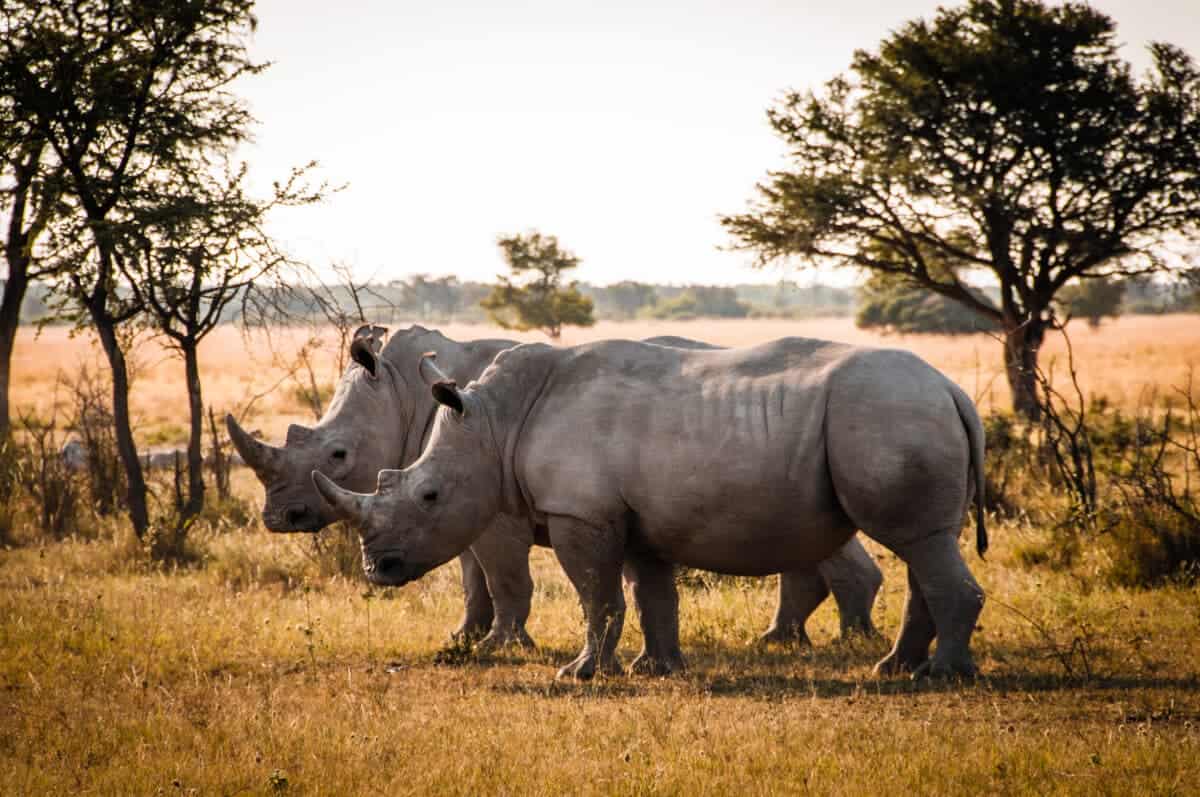
Rising Temperatures and Water Scarcity:
Global climate change, characterized by rising temperatures and altered precipitation patterns, poses a significant threat to rhino populations. Rhinos are adapted to specific climatic conditions, and any deviation from their natural environment can have detrimental effects on their health and well-being.
Increased temperatures can lead to water scarcity, impacting the availability of water sources for rhinos. Prolonged droughts and changing rainfall patterns further exacerbate this issue, forcing them to travel greater distances in search of water. This additional stress can compromise their immune systems and reproductive capabilities, contributing to population decline.
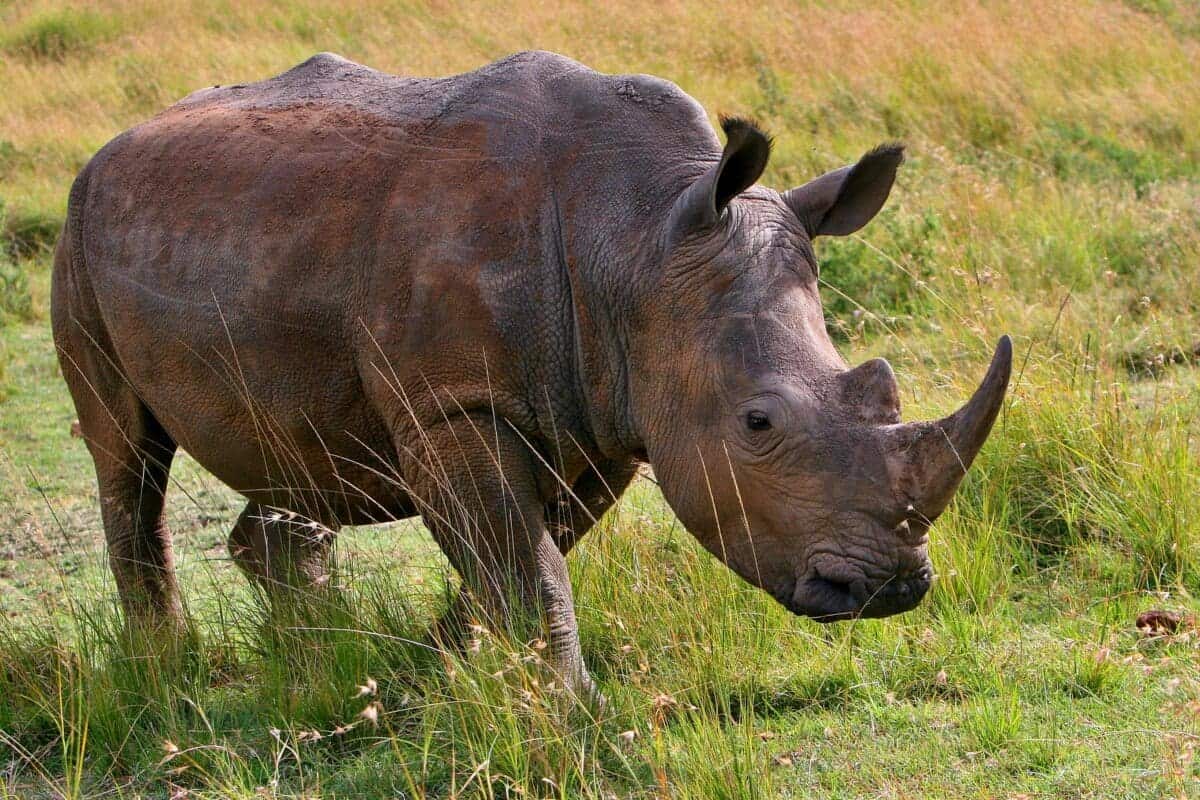
Dietary Challenges:
Rhinos are herbivores, relying on a diverse array of plant species for sustenance. Deforestation not only reduces the overall quantity of vegetation available but also limits the variety of plant species accessible. This can lead to nutritional deficiencies and impact their overall health.
In areas where deforestation is coupled with overgrazing by livestock, they may find it increasingly difficult to secure the necessary food resources. Competition for limited vegetation is putting pressure on populations.
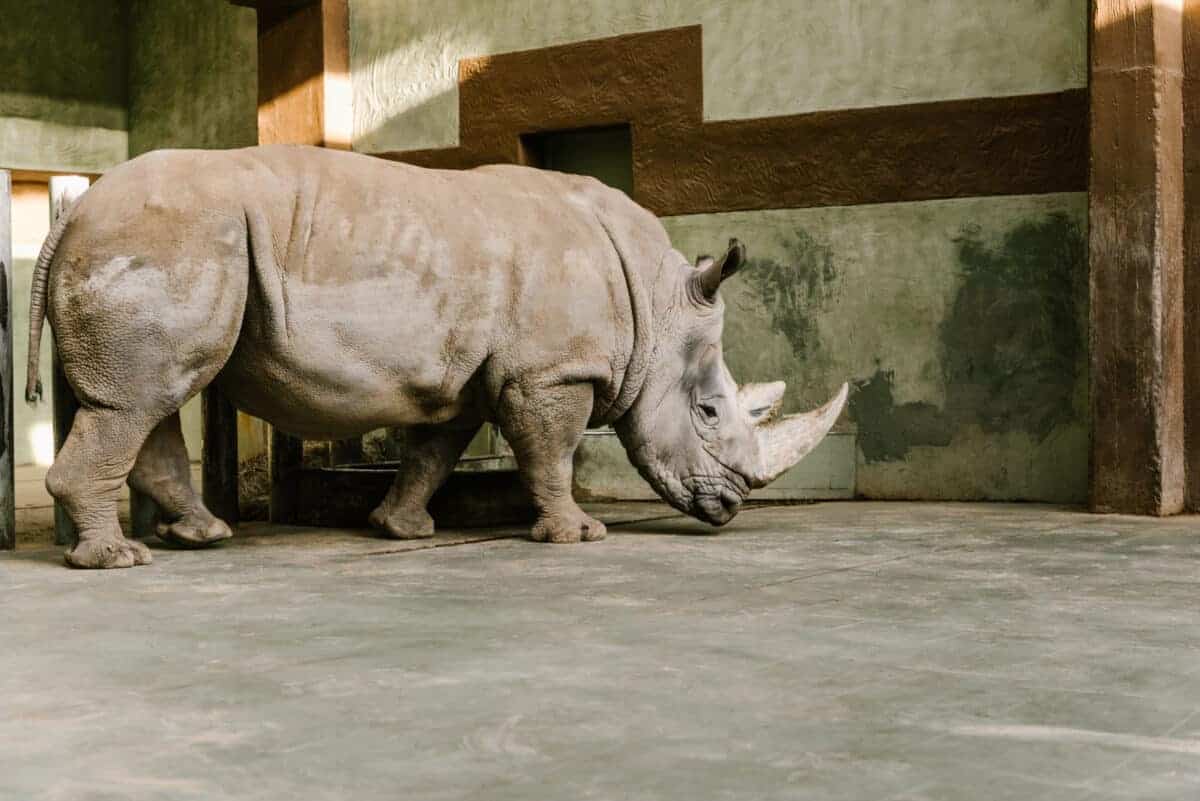
Current Rhino Habitats:
Rhinos inhabit a range of ecosystems, from the African savannas to the Asian grasslands and forests. African rhinos, including the white and black rhinoceroses, are found in countries such as South Africa, Namibia, Kenya, and Zimbabwe, while in Asia, they reside in countries like India and Nepal.
As we look ahead to 2024, the challenges facing rhino populations are stark. Habitat loss, deforestation, rising temperatures, and dietary challenges all contribute to the decline of these magnificent creatures. Conservation efforts, community involvement, and international cooperation are paramount to securing a future for rhinos. By addressing the root causes of their decline and implementing sustainable practices, we can strive to ensure that they continue to roam the diverse landscapes they call home.
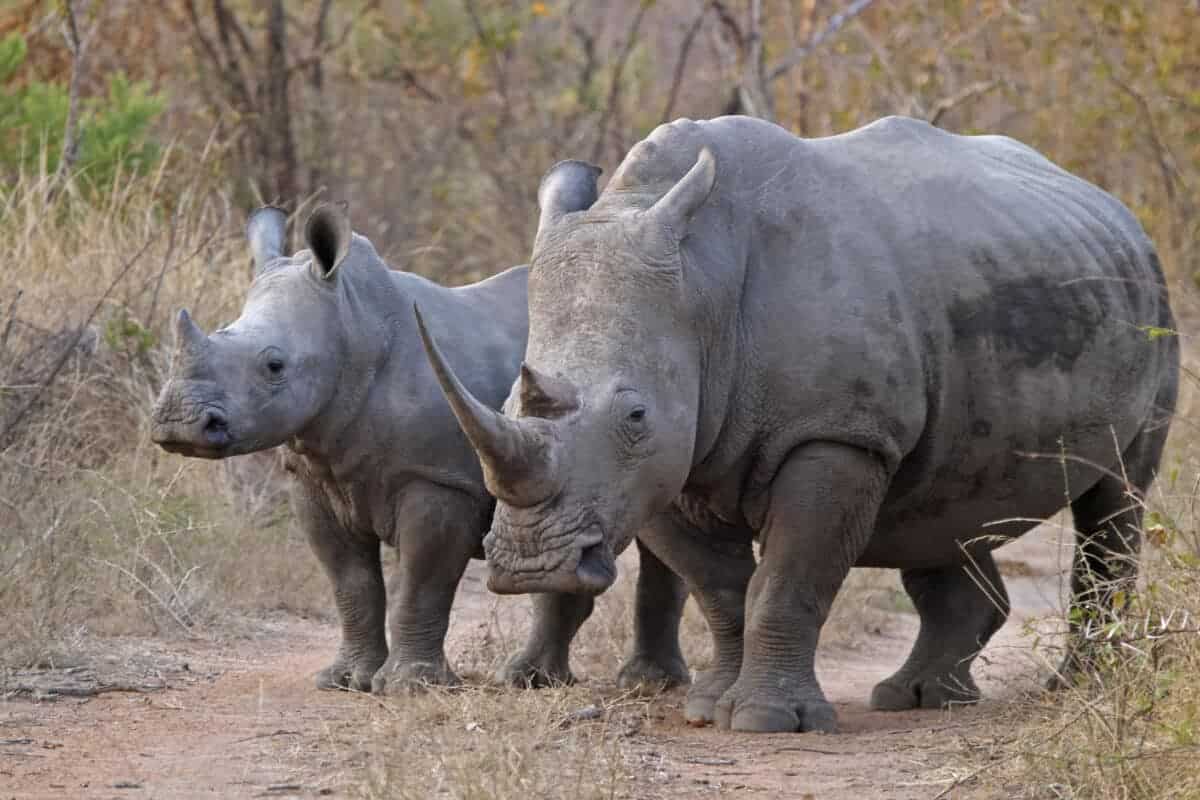
Join our Forum for free today!

- Second American Killed by Elephant in Zambia This Year - July 22, 2024
- Elderly Man Kills Grizzly Bear in Montana - July 22, 2024
- Missing Cat Found Weeks Later, 40 Miles Away - July 21, 2024

